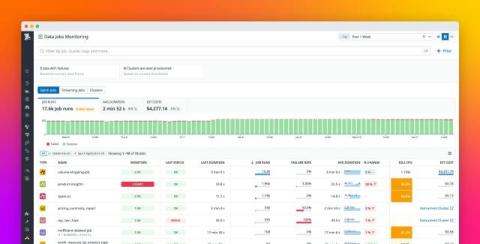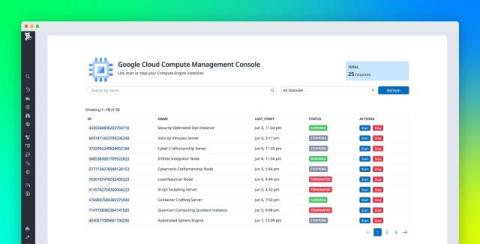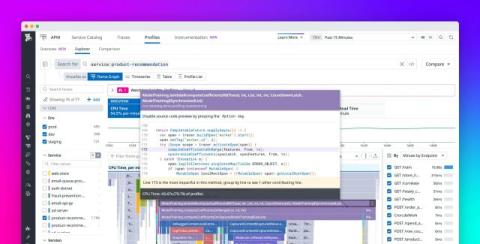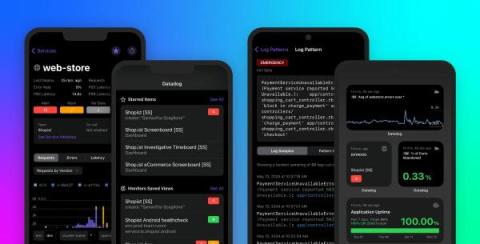Troubleshoot and optimize data processing workloads with Data Jobs Monitoring
Data is central to any business: it powers mission-critical applications, informs business decisions, and supports the growing adoption of AI/ML models. As a result, data volumes are only increasing, and teams rely on engines like Apache Spark and managed platforms like Databricks or Amazon EMR to process this data at scale.











